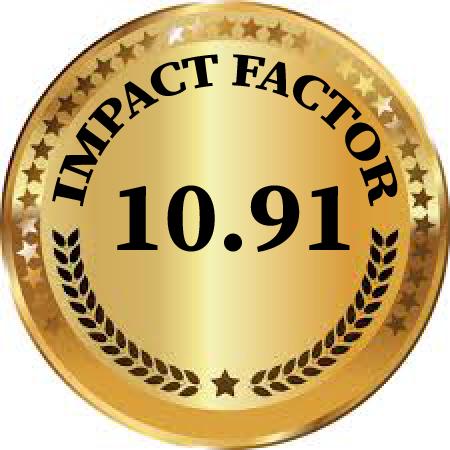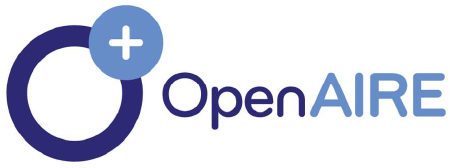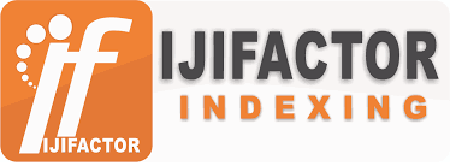THE ROLE OF CRITICAL THINKING IN PERSONAL AND PROFESSIONAL GROWTH: A CONTEMPORARY LITERATURE REVIEW
Abstract
Abstract: In an era shaped by artificial intelligence, data overload, and increasing misinformation, critical thinking has become a foundational skill for effective business communication and lifelong learning. While its importance is widely acknowledged in both academic and professional circles, practical strategies for developing critical thinking skills remain underexplored in applied educational contexts. This article presents a comprehensive literature review of global research over the past five to six decades on the significance of critical thinking for personal and professional development. It synthesizes insights from educational theory, cognitive psychology, and industry needs to illuminate the evolving expectations placed on learners and employees. The review also highlights the persistent gap between theoretical endorsement and pedagogical implementation, calling for more integrative instructional models that foster cognitive agility, ethical reasoning, and informed decision-making.
References
1. Atkinson, D. (1997). A Critical Approach to Critical Thinking in TESOL. TESOL Quarterly, 31(1), 71–94.
2. Caramela, S. (2024). Why Critical Thinking Matters in Your Business. Business News Daily. [No page number – online article]
3. Dewey, J. (1933). How We Think. Boston: D.C. Heath. (pp. 1–32).
4. Ennis, R.H. (1962). A Concept of Critical Thinking. Harvard Educational Review, 32(1), 81–111.
5. Ennis, R.H. (1985). A Logical Basis for Measuring Critical Thinking Skills. Educational Leadership, 43(2), 44–48.
6. Facione, P.A. (1990). The Delphi Report: Critical Thinking: A Statement of Expert Consensus for Purposes of Educational Assessment and Instruction. (p. 4).
7. Freire, P. (1970). Pedagogy of the Oppressed. New York: Herder and Herder. (pp. 72–89).
8. Gieve, S. (2009). Teaching English as Communication: A Critical View. ELT Journal, 63(2), 123–130.
9. Halpern, D.F. (1998). Teaching Critical Thinking for Transfer Across Domains. American Psychologist, 53(4), 449–455.
10. Hoffman, B. (2023). Why Your Business Needs Critical Thinking. Forbes. [No page number – online article]
11. Hughes, J. (2014). Critical Thinking in Business English. Oxford University Press Blog. [No page number – online article]
12. Knight, M. (2014). Finding Ways to Teach Critical Thinking in Business and Professional Communication. Business and Professional Communication Quarterly, 77(3), 291–307.
13. Kurbanov, R. (2011). Developing Critical Thinking in Eastern European University Students. Pedagogical Journal of Belarus, 3(2), 101–110.
14. Li, L., & Wegerif, R. (2014). What Does It Mean to Teach Thinking in China? Thinking Skills and Creativity, 11, 43–58.
15. Lipman, M. (2003). Thinking in Education. Cambridge University Press. (pp. 15–50).
16. McPeck, J. (1981). Critical Thinking and Education. Oxford University Press. (p. 8).
17. Mihailidis, P., & Viotty, S. (2017). Spreadable Spectacle in Digital Culture. International Journal of Communication, 11, 1–14. (p. 9).
18. Morrison, R. (2017). Genre in Business Communication: Teaching Toward the Telos of Critical Thinking. Business and Professional Communication Quarterly, 80(1), 39–55.
19. Ogunyemi, A. (2013). Critical Thinking for African Development. Journal of Pan African Studies, 5(5), 55–67. (pp. 60–62).
20. Paul, R. (1990). Critical Thinking: What Every Person Needs to Survive in a Rapidly Changing World. Sonoma State University Press.
21. Paul, R., & Elder, L. (2001). Critical Thinking: Tools for Taking Charge of Your Learning and Your Life. Pearson Education. (pp. 11–34).
22. World Economic Forum. (2016, 2020). The Future of Jobs Report. Geneva: WEF.
23. Zohar, A., & Dori, Y.J. (2003). Higher Order Thinking Skills and Low-Achieving Students: Are They Mutually Exclusive? Journal of the Learning Sciences, 12(2), 145–181.






















